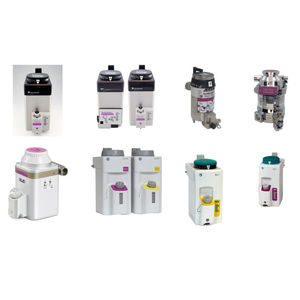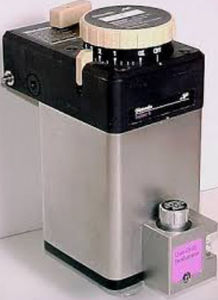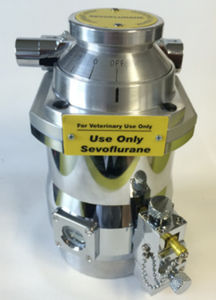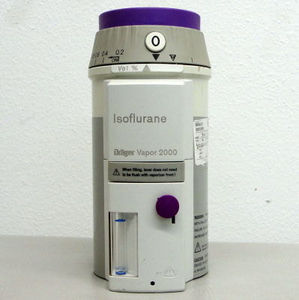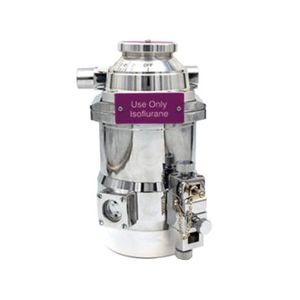
- Veterinary medicine
- Veterinary surgery
- Veterinary anesthesia evaporator
- Rothacher Medical GmbH
Veterinary anesthesia evaporator TEC 7 isoflurane
Add to favorites
Compare this product
Characteristics
- Applications
- veterinary anesthesia
- Type
- isoflurane
Description
The anesthesia vaporizer is on of the most critical component of your anesthetic machine. It is very important to ensure that the appropriate percentage of anesthetic agent is being delivered to the animal. A malfunctioning vaporizer can be the cause of the death of an animal.
Most vaporizers used today in veterinary practices are used with Isoflurane or Sevoflurane. There are still some Halothane (Fluothane) vaporizers on the market, however, the agent is hard to come buy as most manufacturers have discontinued its production.
Halothane
If you are still using Halothane, it should be fully recalibrated and overhauled annually, the agent contains a preservative (Thymol) which gradually creates deposits on all parts of the vaporizer, causing the dial to be harder to turn and intermittently effect output. We will hardly recommand to replace the Halothane vaporizer to a new or refurbished Isoflurane Vaporizer.
Please note Halothane is now banned to use in most European countries.
Isoflurane & Sevoflurane
Since these agents do not contain Thymol, they do not leave deposits in the vaporizer and need less frequent recalibrations. It is still necessary to have the output checked every 12 – 24 month. A comon indication that your vaporizer is due for recalibration is if you find yourself routinely having to use concentrations higher or lower than you generally use.
Replacement parts
During the recalibration process, many parts require replacement. The wick assemblies, the o-rings, etc., should always be replaced. Any other worn part should also be replaced.
Catalogs
No catalogs are available for this product.
See all of Rothacher Medical GmbH‘s catalogsOther Rothacher Medical GmbH products
Vaporizer for veterinary use
Related Searches
- Anesthesia circuit
- Electronic ventilator
- Veterinary anesthesia machine
- Trolley-mounted veterinary anesthesia workstation
- Veterinary operating table
- Electric veterinary operating table
- 1-section veterinary operating table
- Small animal veterinary anesthesia workstation
- Variable height veterinary operating table
- Compact ventilator
- Tabletop veterinary anesthesia machine
- Induction chamber
- Veterinary anesthesia vaporizer
- Rodent induction chamber
- Animal research veterinary anesthesia workstation
- Isoflurane vaporizer
- Anesthesia induction chamber
- Sevoflurane vaporizer
- Animal research induction chamber
- Large animal veterinary anesthesia workstation
*Prices are pre-tax. They exclude delivery charges and customs duties and do not include additional charges for installation or activation options. Prices are indicative only and may vary by country, with changes to the cost of raw materials and exchange rates.


